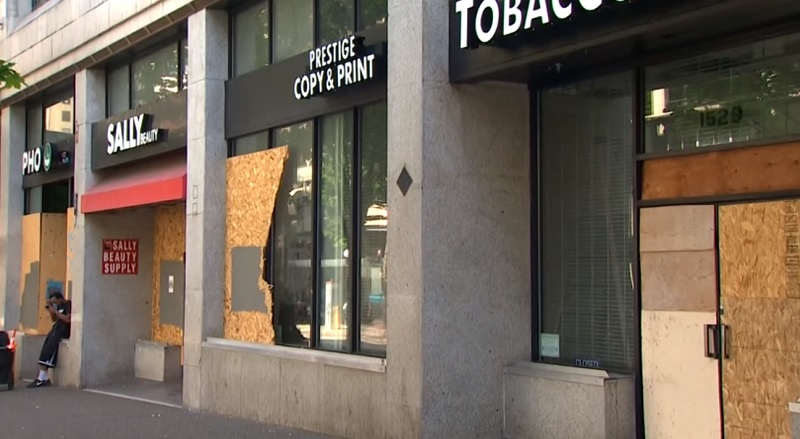

By Chief Joel F. Shults, Ed.D.
Since the mid-1980s, a lot of attention has been given to the Broken Windows Theory of crime proposed by James Q. Wilson and George Kelling. The timing of the publishing of their theory coincided with an increase in violent crime and fear of crime. Violent crime became a national issue, reaching a peak under Bill Clinton’s presidential campaign. The Clinton administration’s crime policy was heavily invested in the broken windows theory as an essential component of community policing. President-elect Biden will likely resurrect the banner of community policing in response to demands for police reform.
In a nutshell, Wilson and Kelling proposed that if a neighborhood looks run down and appears that no one cares it gives tacit permission for small acts of disregard such as vandalism, littering, and drinking in public. Once these offenders see that they are not accountable for these violations of order and decorum, the level of offense increases until the area is no longer safe.
Wilson and Kelling were wise in using the broken window metaphor. Everyone has noticed the eventual degradation of an abandoned building or car. First, a broken window goes without repair. Then more windows are broken. Doors are pried open. Narcotic use and squatters making a nest. Property owners decide that there is nothing worthwhile to do with the property and leave it to crumble or burn. Even the police may decide that since no one cares, there is little incentive to pay much attention to petty crimes.
New York City especially embraced the theory and assigned police resources to the enforcement of offenses that had long been considered not worth their time. How could you justify stopping public drinking and riding the subway without buying a token when there were rapes and robberies to solve? But if the theory held, suppressing and preventing quality of life offenses would gradually shut off the pipeline to violent offenses.
Although not all analysts credit this strategy with dramatically lowering NYCs violent crime rate, the raw statistics showed dramatic success. Other components of the Clinton era crime policies were tougher rules on juvenile offenders, longer prison sentences for some crimes, and funding for adding more prison space.
Now we have a new brokenness: the criminal justice system. With policing funding cuts, reduction in investigative stops, incentives for police officers not to take enforcement actions, suggestions that rioters and looters are justified and exercising Constitutional rights, and increasing prosecution of police officers for justifiable uses of force, lawbreakers are being given permission to ignore the law and its consequences.
As an example, in August of this year, Multnomah County District Attorney Mike Schmidt decided to drop charges on most of the 550 persons arrested by the time he took office. At one point only 45 persons were prosecuted even though 150 of the arrestees were charged with felony crimes including assault and arson.
In June of this year, New York City police were told to stand down in the face of assaults and property damage during civil disturbances. Even though Mayor DeBlasio and top police officials denied that such an order was given. Whether those orders didn’t come from the top echelon or not, the lack of support for NYPD by the Mayor makes it quite believable that someone in authority feared repercussions if law enforcement was permitted to enforce the law.
This month the Los Angeles Police Commission ruled that LAPD officer Toni McBride, who was ambushed while responding to a traffic crash, shot her attacker who was advancing with an edged weapon. The suspect fell after two shots, then got up to resume the attack and was shot by McBride 4 more times. The commission said that the 5th and 6th shots were excessive. Really.
Also this month, A grand jury has indicted a rookie San Francisco police officer who fired a single shot at a man who had attacked him and his field training officer with a bottle, and who was apparently trying to stand up after the training officer shot him multiple times. A bottle can be an edged weapon, blunt instrument, or thrown as a distraction device during an attack.
We believed that the broken windows theory gave rise to crime, and that crime was reduced by paying attention to the small erosions of law and order. Responding to disorder allowed police to reduce violent crime significantly. Now we have a broken system, where lawbreakers are forgiven, even admired, and often ignored. With this erosion, is it any wonder that cities are now seeing dramatic spikes in violent crime? We worked hard to fix the broken window, only to allow our justice system to become shattered. When will our leaders allow that to be fixed?